Graffiti is easy to find around Vancouver, but is it getting worse?
VANCOUVER – Is there a graffiti problem in Vancouver? During a recent drive around the city, it didn’t take long to spot dozens of tags on fences, walls, overpasses, and street signs. They range from simple tags, to brightly colored and elaborate designs, some of which would likely have required dangling above a busy freeway to create.
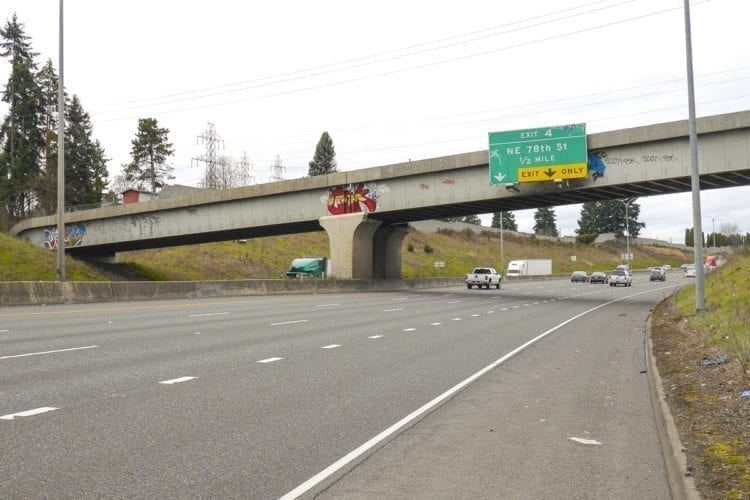
A question on Clark County Today’s Facebook page led to dozens of comments, with nearly everyone in agreement that they’ve seen more of the vandalism in recent months. Vancouver police say they’re not registering an unusual spike recently, but there are many avenues to notify authorities about graffiti, and it’s not always through filing a police report.
Loretta Callahan, a spokesperson for the city of Vancouver, says in 2016, there were 228 service requests for graffiti clean-up made by the public, and 1,370 initiated by city crews. Last year, that number grew to 278 public reports, and 1,658 self-initiated. That represents a 21 percent increase.
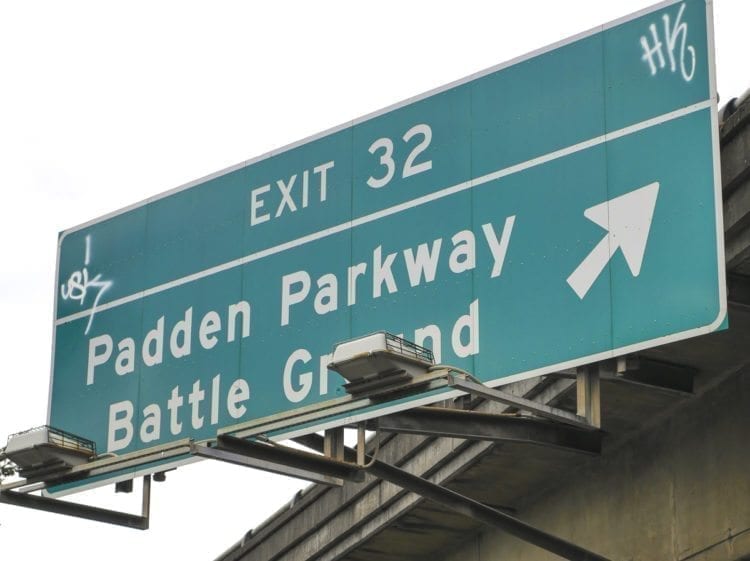
While those numbers are eye-popping, Tamara Green with Washington’s Department of Transportation, which deals with graffiti along state highways, says it has also been a drier and more mild Winter than usual, which could be contributing to the situation.
“We certainly have been responding to cover graffiti more in the last couple of months,” she says, “or going out to do the work. Part of that is seasonal. During the warm weather we want to get out and do as much as we can.”
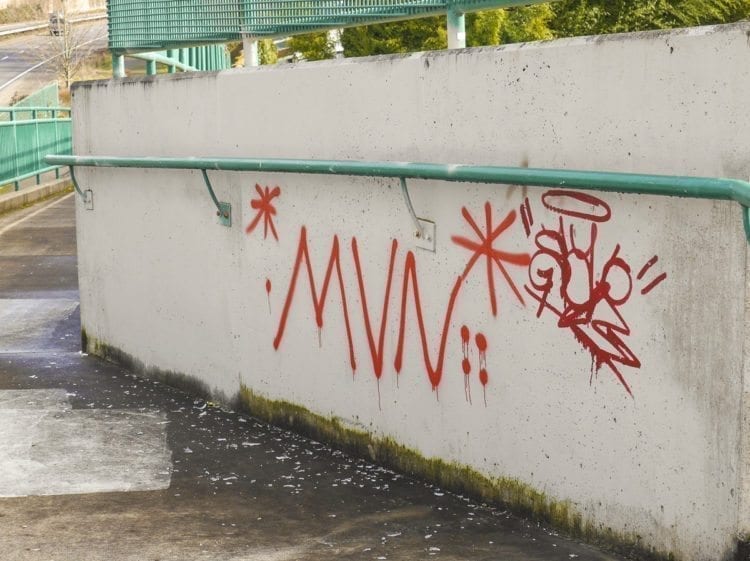
From January 4 through last week, WSDOT crews had spent a total of five and a half days cleaning up 137 locations, though Greenwell says one bridge or overpass can represent multiple ‘locations’ if crews have to set up multiple times. Vandals recently hit a big electronic sign along I-5 Southbound in Vancouver, requiring overnight lane closures to clean it up.
“Whoever’s doing it obviously isn’t being the most safe,” Greenwell adds, “and then in doing so puts our crews at risk. And in having to respond to graffiti they’re not doing the work that they would otherwise do, and it’s preventable work. If graffiti wasn’t there we wouldn’t have to do that work, and could spend more time doing maintenance on the highway.”

In 2014, the city of Vancouver passed an ordinance aimed at increasing penalties for graffiti offenders, and making it more difficult to get spray paint. Businesses are encouraged to keep spray paints locked up, and it’s actually illegal to sell them to someone under the age of 18. Minors are actually prohibited from even possessing spray paint in public, and adults of kids caught doing graffiti can also be held liable.
Despite the laws, it’s clearly a difficult crime to stop. With police already stressed responding to more important crimes, reports of vandalism often aren’t investigated until well after the perpetrator has left the area. A number of property owners told us they’ve recently installed security cameras hoping to catch repeated vandals.
“We have a brick enclosure for our dumpsters,” says Sean Briggs of Battle Ground, “It has been tagged multiple times. We ended up installing a camera to deter it and possibly catch the vandal.”
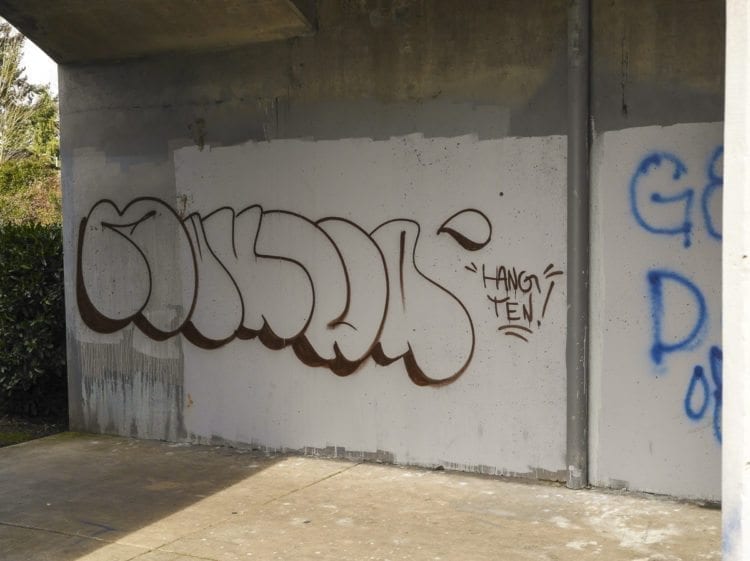
So who is actually behind the graffiti? Kim Kapp with Vancouver Police said via e-mail, “Our crime analysts review reports of all types to determine patterns, crime increases etc. The same is true for graffiti. If a particular tag is becoming prolific or we see reports increasing,” Kapp adds, “we will assign a detective, often from the Neighborhood Response Team, for follow up to work to identify the tagger and bring charges.”
A study published in 2016 by criminologists at the University of Texas at Dallas found that a majority of teens who had tagged didn’t see the activity as criminal. They see it as a victimless crime because no one was hurt and the graffiti could easily be removed. It’s important to note that this study defined ‘tagging’ as graffiti separate from gang activity. Local gangs often compete to mark territory with gang symbols, and to reach higher value targets for bragging rights. Taggers are often lone wolf vandals looking to make a name for themselves through their brand of ‘’art.’’
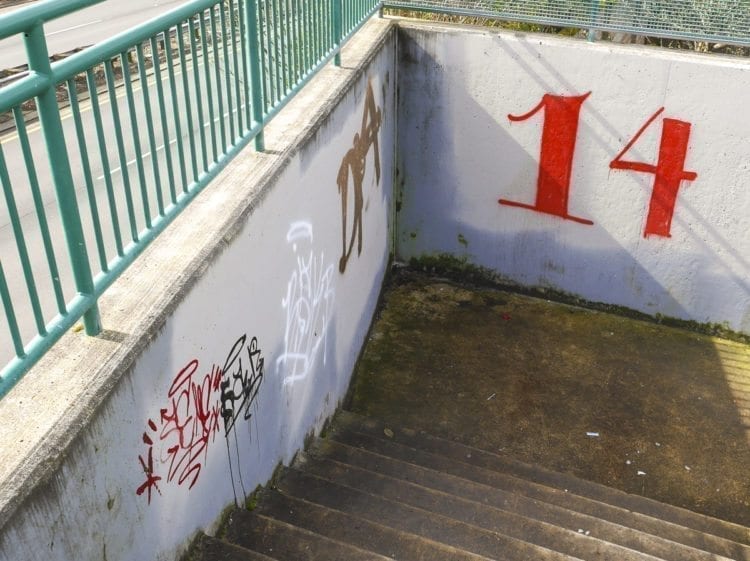
“We all want to be heard or be recognized for something we did, and taggers are no different,” says Dr. Lynne Vieraitis, associate professor and program head of criminology, at the University of Texas at Dallas. “Although many people use social media to tell others that they had a good or bad day, taggers use walls.”
Dr. Vieraitis says their study may show increasing punishments for many offenders isn’t the key to changing behavior. Instead, she recommends outreach to help them understand the actual cost of their vandalism.
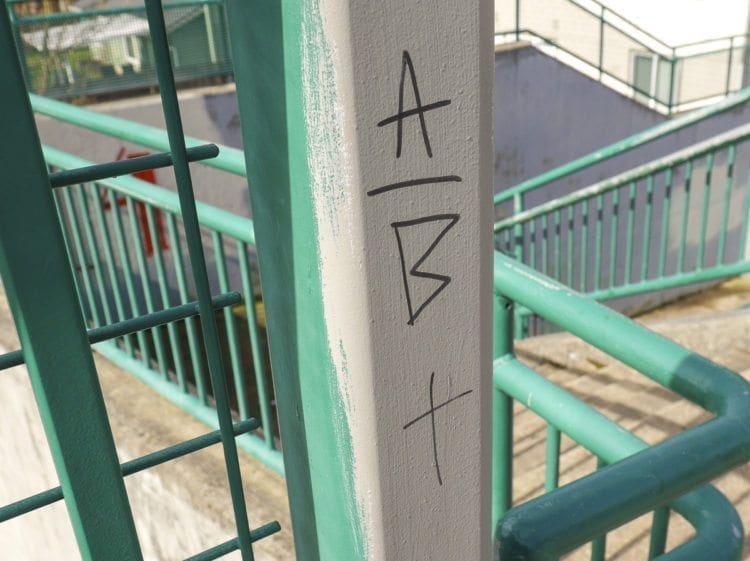
“A lot of them say no one got hurt. Well, but we had to clean it up, and it was costly. Maybe that business owner didn’t have a lot of money,” Vieraitis said. “By identifying those rationalizations, you can start to challenge them on their excuses.”
The city is urging property owners to follow the three R’s: Record, Report, and Remove. If you’re not sure who to notify about the vandalism, you can find more information here:
Please first try to determine if the graffiti is on public or private property.
If you believe it is on city property within the city of Vancouver, there are three ways to submit a service request for graffiti removal. Whichever you select, be sure to provide detailed location information.
1) Call the Public Works Operations Center Dispatch at (360) 487-8177 during regular office hours.
2) Use the webform at www.cityofvancouver.us/servicerequest.
3) Use the MyVancouver app at www.cityofvancouver.us/myvancouver.
Not sure if the address is within city of Vancouver boundaries? Check the address using this tool on the city’s website: www.cityofvancouver.us/CityLimitsMap.
Highways and overpasses? Contact Washington State Department of Transportation Southwest Region.
More background info on graffiti on the VPD webpage here: https://www.cityofvancouver.us/police/page/graffiti




